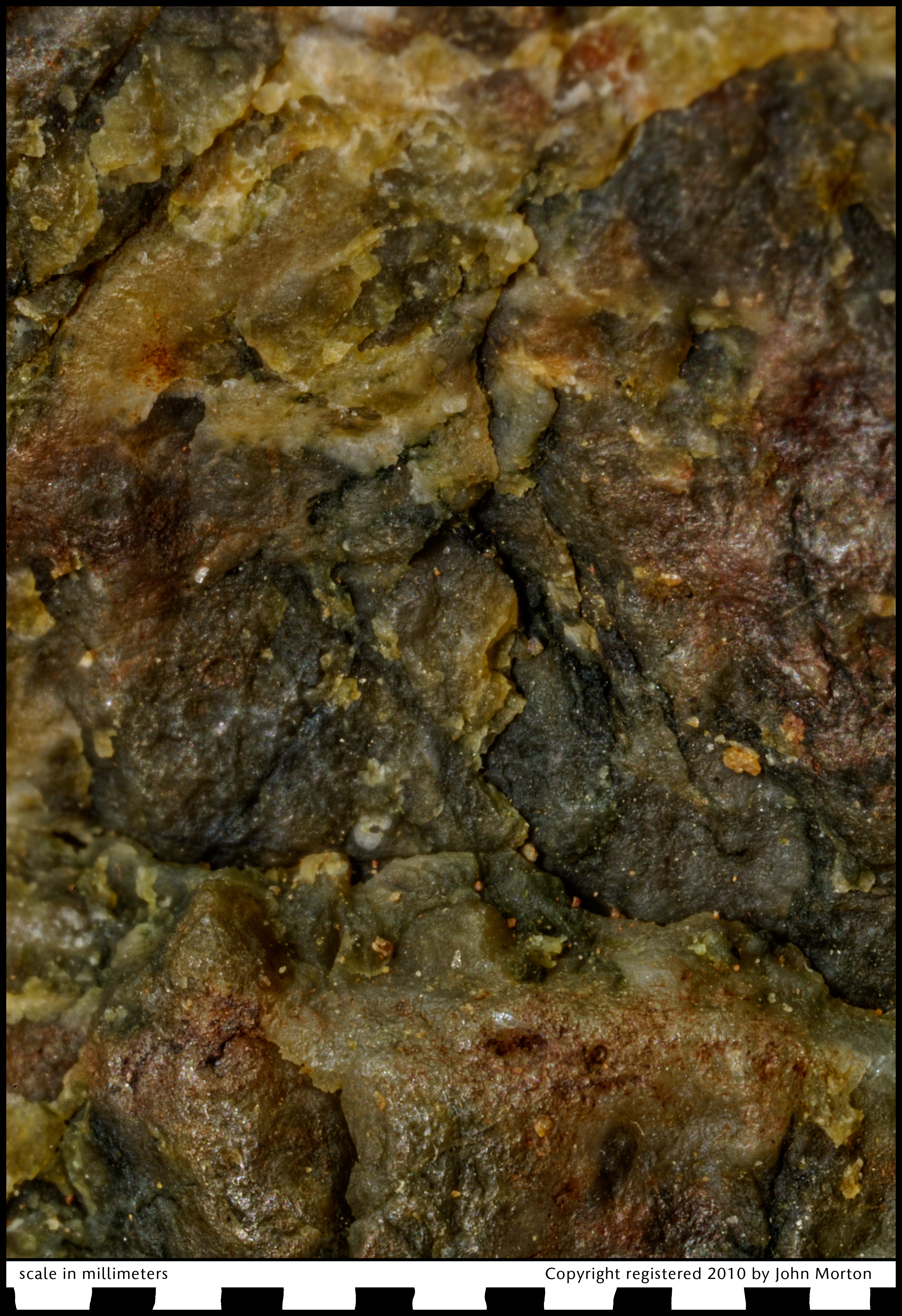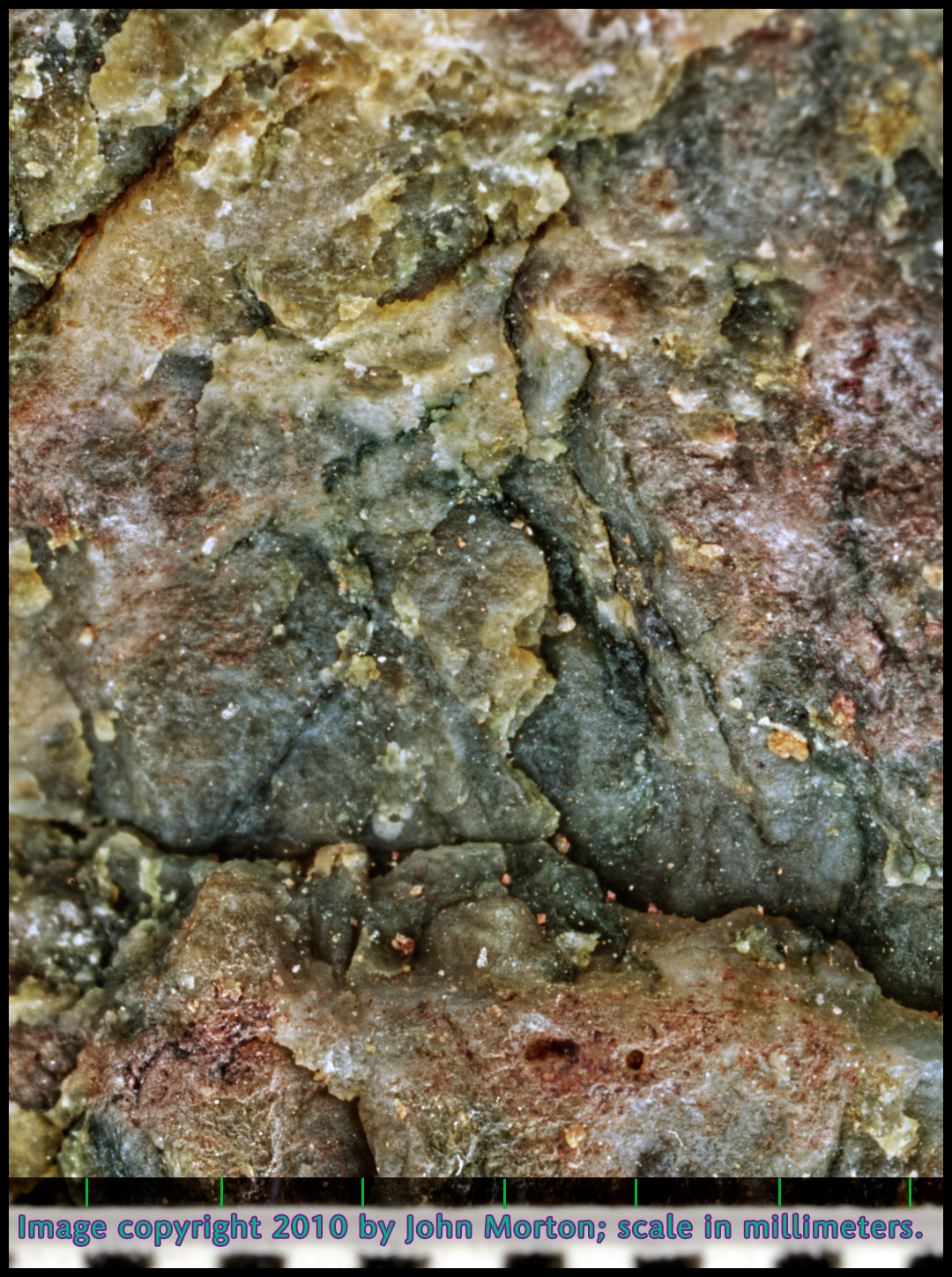Does non-CPU data entered into D7000 for a particular lens become invalid if that lens is used with bellows?
In my case, the lens is a manual focus 50mm f/1.8 AI-S Nikkor.
Thank you.
 Helpful Posts: 0
Helpful Posts: 0
Results 1 to 11 of 11
-
30th July 2012, 09:24 AM #1

- Join Date
- Jul 2012
- Location
- Shoreham-by-Sea
- Posts
- 144
- Real Name
- Christopher
Nikon D7000 non-CPU lens data when using bellows
-
8th August 2012, 04:44 PM #2
Re: Nikon D7000 non-CPU lens data when using bellows
That's a good question. I use a Nikon D700 that I run with Nikon Camera Control Pro 2 software when I do macro work, but I use Olympus bellows mount lenses from my old OM-4 T. I had to make an adapter out of old Vivitar extension tubes for Olympus and Nikon so what I would enter as my lens non-CPU data is anybody's guess!
-
9th August 2012, 08:57 AM #3

- Join Date
- Jul 2012
- Location
- Shoreham-by-Sea
- Posts
- 144
- Real Name
- Christopher
Re: Nikon D7000 non-CPU lens data when using bellows
Hi John, thanks for your interest. I think I shall have to find my answer empirically, by experiment, and will post back here when I have something to report.
I use Helicon Remote camera control software when I'm using a microscope, and usually use my D90, which doesn't have the D7000's non-CPU data option. I suppose this must make it the the most basic manual mode, with control options being only ISO and shutter speed at the camera end, and illumination intensity at the microscope end. In practice, I set up the shot using Live View, and then fire off some guesstimated test exposures to know which way to go for optimisation.

Here's a quick snap of my setup showing Live View of a section of pig's liver. My D90 is mounted on the microscope.Last edited by Brocken; 9th August 2012 at 09:17 AM. Reason: clarification needed
-
9th August 2012, 06:23 PM #4
Re: Nikon D7000 non-CPU lens data when using bellows
I have a shot around somewhere of my macro set up, but I can't find it at the moment so it might be on another computer. I use a little HP touch screen tx2110 to control my D700; but the Olympus auto bellows has a little switch at the lens end which sets the lens aperture from wide open to whatever it is set to so I can focus wide open and take a series of reference photos for HDR before closing the aperture using that switch, which allows me to avoid actually touching the camera.
I try to calculate the lens diffraction for the smallest aperture using the reference photos from the widest aperture by comparing the same specular highlight in both sequences; then I do my best to compensate for that using a deconvolution algorithm (Fovea Pro 4 plugins for Photoshop) through a Fast Fourier Transform.
When it works, it works pretty well: I get something of the depth of focus from an f32 aperture with the sharpness of an f2.8 aperture. I'll try an attach an example (still looking for a decent, accurately etched measurement scale though).
John.

-
9th August 2012, 06:47 PM #5

- Join Date
- Jul 2012
- Location
- Shoreham-by-Sea
- Posts
- 144
- Real Name
- Christopher
Re: Nikon D7000 non-CPU lens data when using bellows
Thanks for that, John. I've just restored my BPM bellows - a basic manual device - and will be using them with a 50mm f/1.8 Nikkor to see how I get on with macro focus stacking, something which I've only done before in photomicrography. I won't have to open up for the focusing, and then stop down for the actual shots, so long as I pass both ends of the focal range while compiling the intermediate images in the stack - that's the theory anyhow! Stacking artifacts can only add to the artistic interest of the final image

-
9th August 2012, 11:29 PM #6
Re: Nikon D7000 non-CPU lens data when using bellows
Hi, Christopher;
I did try a little bit of focus stacking using Photoshop but wasn't really happy with the results; I managed to do much better using deconvolution, so I stuck with that.
Now, my understanding is that 50mm lenses are not particularly well suited for working with bellows and tend to be (custom) matched with extension tubes, or, used with reversing rings. I believe it has something to do with the focal balance across the center for the lens; that, for an object to be focused upon the film or sensor plane, it has to be too close to the lens for practical purposes (except for flat field macro 50mm lenses that are paired by manufacturers with specific extension tubes to produce 1:1 magnification ratios). That is why reversing rings are often used: because the focal node behind the lens is farther from the lens than the one in front of the lens. So you might run into some difficulties using that 50mm f/1.8 Nikkor.
Haven't found the photo of my macro setup yet but I did find another iteration of the image I've already posted in this thread:

I'd have to look up the specifics, but I think this might have been taken with my Nikon D700 using an Olympus bellows mount 38mm f/2.8 lens. I also have an Olympus standard 50mm f/1.8 that I have never used for macro work; a macro 50mm f/3.5 that I never used on a bellows; and bellows mount macro 135mm f/4.5 that I use to use in the field a lot on a telescopic extension tube (but have never tried with my D700, and a bellows mount macro 80mm f/4 1:1 lens that is a really, really nice piece of glass.
I use to shoot with an Olympus OM-4 T 35mm but just became tired of waiting for Olympus to release a full frame digital sensor camera; so I switched to Nikon when the D700 came out. I have a 105mm Nikkor macro lens and a 45mm Nikkor PC; I would use the latter for macro work, because the huge lens diameter would give it great depth of field, if only Nikon would put out some digital extension tubes!
But Olympus started out making microscopes and, you know, you just can't beat their bellows mount macro lenses for close-up work!
-
10th August 2012, 07:49 AM #7

- Join Date
- Jul 2012
- Location
- Shoreham-by-Sea
- Posts
- 144
- Real Name
- Christopher
Re: Nikon D7000 non-CPU lens data when using bellows
Hi John, I have used the BPM Bellows with a 50mm/f1.8 Nikkor before, using the BPM "ReproTran" slide copying accessory with acceptable results, though as you say there isn't much air between the lens and the subject. For any given magnification, the lens to subject distance is always going to be greater for a lens of longer focal length. I appreciate that general purpose camera lenses are not optimised for use at very close distances, and that illumination at very short ranges can be problematic, and will buy a reversing ring if initial results prove unacceptable. I am saving up for a 105mm f/4 AI-S Micro-Nikkor, but until then I shall have to live with the 50mm!
 Christopher
Christopher
-
10th August 2012, 02:18 PM #8

- Join Date
- Jul 2012
- Location
- Shoreham-by-Sea
- Posts
- 144
- Real Name
- Christopher
Re: Nikon D7000 non-CPU lens data when using bellows
I think I have found the answer to my original question in the BPM Universal Bellows instruction booklet, where we find:
Finding the Exposure
When a lens is extended beyond the normal working position, as in ultra close-up photography, the effective f stop or aperture is no longer that which is engraved upon the lens barrel. This alteration of the aperture is always constant, being due to the increased distance of the nodal point of the lens from the film plane. It alters the effective value of the aperture in accordance with the inverse square law. A formula for obtaining the increase in exposure becomes simply, focal length of lens plus extension, divided by focal length of lens, then square the result. This formula may be expressed thus: ((LFL + EXT) / LFL) 2 The following three examples will explain.
Example No.1 ( (Lens 50mm. + Extension 50mm. ) / Lens 50mm. ) = 10/5 = 2 x 2 = 4x factor. Example No.2 ( (Lens 50mm. + Extension 100mm. ) / Lens 50mm. ) = 15/5 = 3 x 3 = 9x factor. Example No.3 ( (Lens 50mm. + Extension 150mm. ) / Lens 50mm. ) = 20/5 = 4 x 4 = 16x factor. The extension can be read from the right hand pillar in centimetres. This scale is approximate, and should only be used as a guide. This is due to the slight variations in the lens mounts and relative positions of the nodal points of the lenses which vary in different makes.
Clearly, when I fit the bellows to D7000, there is no electronic linkage between camera and lens, and the camera has no way of knowing what settings of either lens or bellows length have been selected. So far as I can see, if I take the f stop multiplication factors given in the bellows booklet above, and enter these corrected aperture figures into the non-CPU lens data, the camera should (hopefully!) know what behaviour is expected of it for a given bellows length.
-
10th August 2012, 04:19 PM #9
Re: Nikon D7000 non-CPU lens data when using bellows
Christopher, I am not sure what you are trying to work out with reference to your intended bellows use. I just opened up my "Kodak Reference Handbook" from the late 1940's and indeed a very simple equation is given (in the context of copying material with cameras - using the old "copy stands"): Effective f-value = {Indicated f-value X lens-to-film distance} / focal length.
"For example, a ten inch lens racked out 5 inches from the infinity setting (to 15 inches from the film), and set at f/8, would have an effective f-value of f/12.
"{8 X 15} / 10 = f/12"
However, any modern camera will accurately calculate the actual exposure based upon the amount of light actually entering the camera and calculate the correct exposure accordingly. Equations such as this were the norm back when the use of handheld light meters was the usual course of action for obtaining correct exposures; so I am not sure where you will be using such calculations..?
-
10th August 2012, 05:27 PM #10

- Join Date
- Jul 2012
- Location
- Shoreham-by-Sea
- Posts
- 144
- Real Name
- Christopher
Re: Nikon D7000 non-CPU lens data when using bellows
Nikon explain the purpose of non-CPU data as follows: "Non-CPU lens data can be used to enable many of the features available with CPU lenses, including color matrix metering; if no data are provided, center-weighted metering will be used in place of color matrix metering, while if the maximum aperture is not provided, the camera aperture display will show the number of stops from maximum aperture and the actual aperture value must be read off the lens aperture ring."
-
11th August 2012, 03:27 AM #11
Re: Nikon D7000 non-CPU lens data when using bellows
Ah! Well that would explain why I've been having to dial in some exposure compensation in order to get my best possible base exposure when shooting HDR sequences using non-CPU bellows mount macro lenses! Thanks for that information!


 Reply With Quote
Reply With Quote